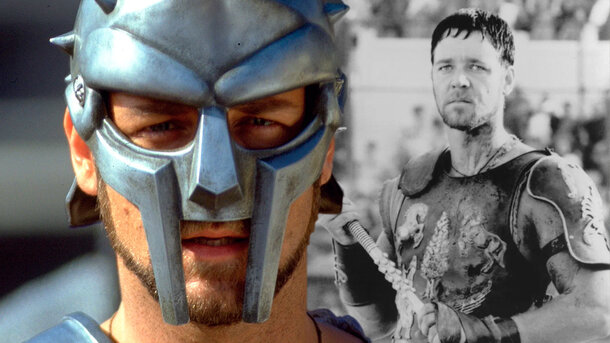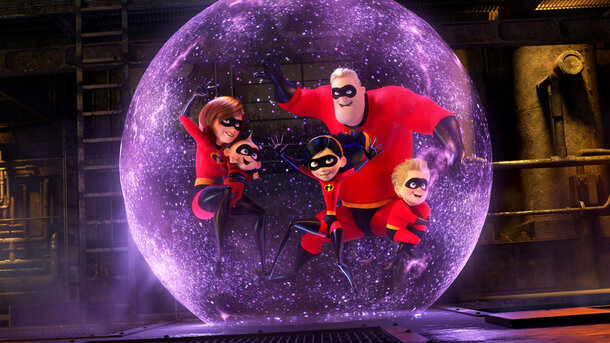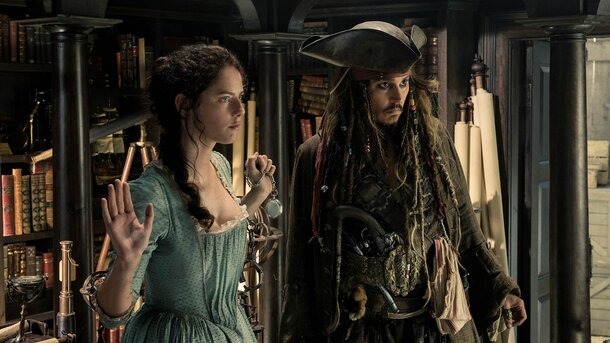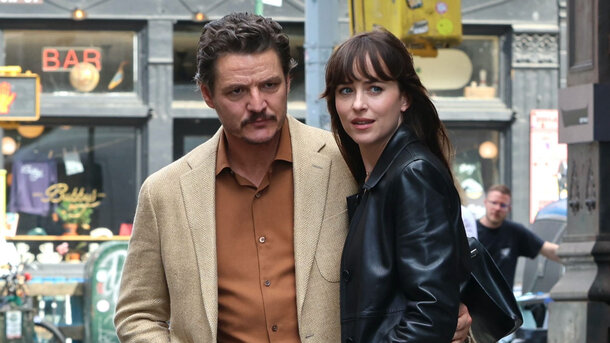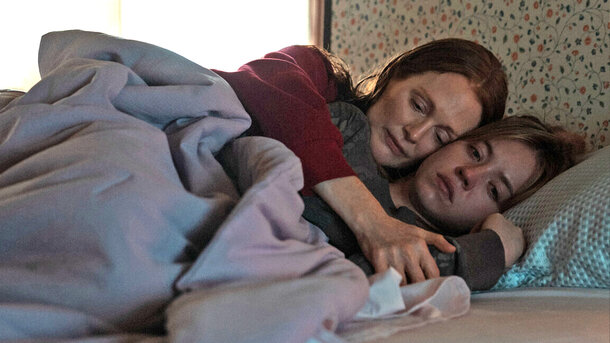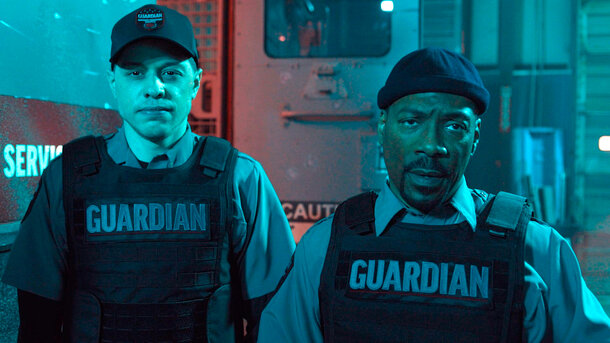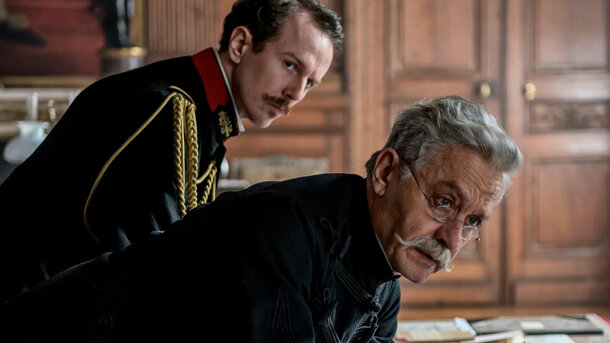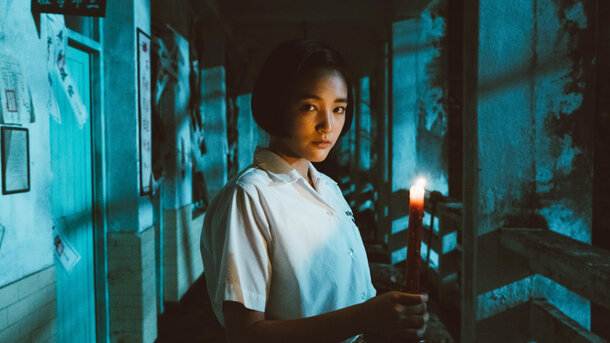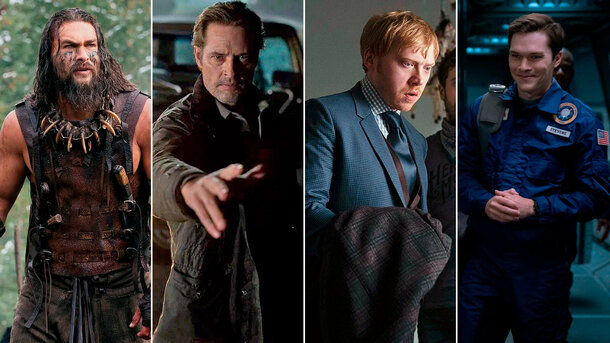Among the most poetic images in Ridley Scott’s Gladiator is a wordless, dreamlike shot: a hand gliding gently across golden wheat fields. It opens and closes the film, symbolising memory, loss, and the peace that follows war. It’s so tied to Russell Crowe’s performance as Maximus that many assume it was always in the script — and that it’s his hand we see.
But here’s the twist: it isn’t.
The shot was conceived during post-production, long after principal filming had wrapped. Scott felt the film needed a quieter, more lyrical visual motif to anchor Maximus’ emotional journey — a memory of home, simple and tender. By then, Crowe was unavailable for reshoots. So, in a quiet field, wearing part of Maximus’s costume, a member of the crew stepped in. His hand became cinema history.
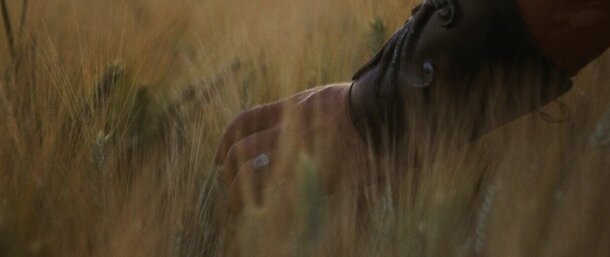
It’s a perfect example of how some of film’s most powerful moments come not from grand design, but from instinct, improvisation — and, occasionally, the right hand at the right time.
